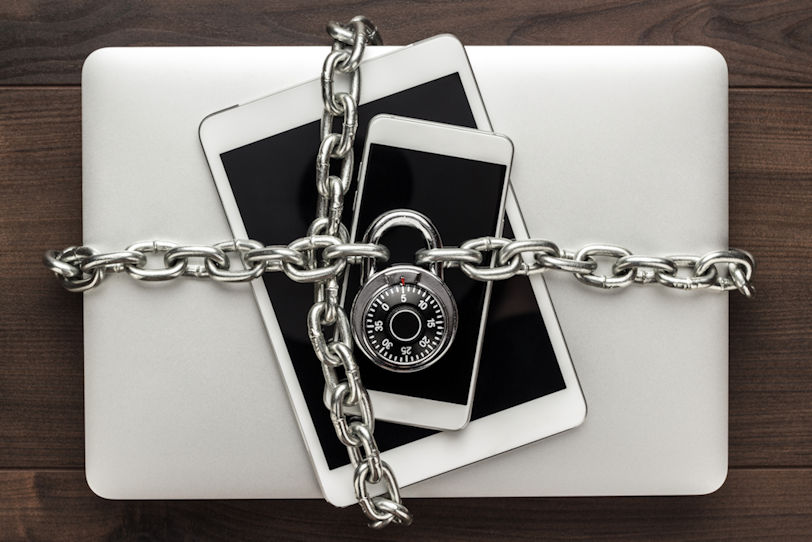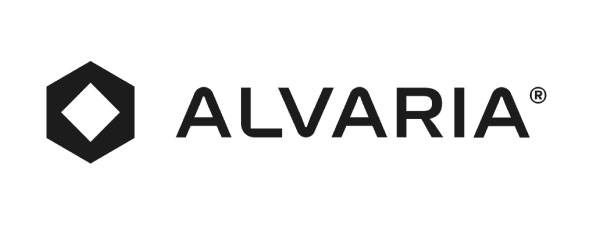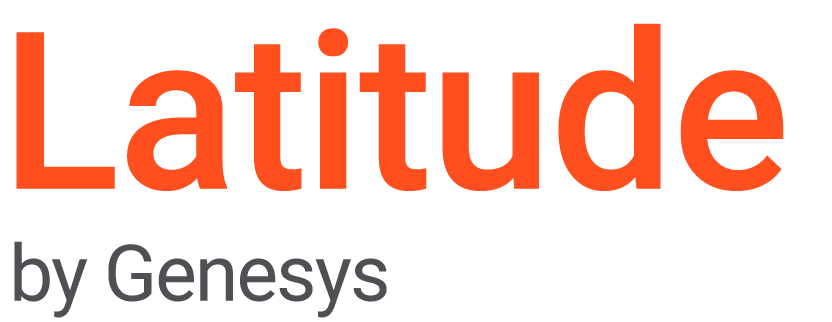When it comes to protecting sensitive data, passwords alone are barely a speed bump for today’s hackers. That’s where multifactor authentication (MFA) steps in. MFA adds layers of identity verification that make unauthorized access significantly harder. But not all MFA is created equal.
Why Multifactor Authentication Is No Longer Optional
MFA acts as a second, and sometimes third, line of defense against unauthorized access, giving users and organizations stronger control over who gets in. At its core, MFA works by verifying identity through more than one category of credentials. To truly understand its power, it’s important to grasp the three types of multifactor authentication and how they work together to keep your systems locked down.
- Something You Know: The Knowledge Factor
The first type is the knowledge factor—something you know. This includes passwords, PINs, or responses to security questions. It’s what most users are familiar with and, frankly, what most attackers love because it’s the easiest to compromise. Whether it’s a weak password, reused credentials, or a phishing scam, knowledge-based authentication alone doesn’t cut it anymore. But when paired with additional factors, it begins to serve a more useful role in verifying identity.
- Something You Have: The Possession Factor
The second type of multifactor authentication is something you have, also known as the possession factor. Think of it as the modern-day key to your digital house. This could be a one-time passcode sent via SMS or email, a physical security token like a YubiKey, or a code generated by an authenticator app such as Duo, Google Authenticator, or Microsoft Authenticator. These tools are highly effective because they’re harder for bad actors to intercept, especially when they refresh frequently or rely on device-specific data.
- Something You Are: The Inherence Factor
The third type is something you are, commonly referred to as the inherence factor. This method leans into biometrics, relying on traits that are unique to each person. These include facial recognition, fingerprint scanning, or voice identification. These technologies are becoming increasingly common on smartphones and high-security systems, offering an additional layer of authentication that’s nearly impossible to replicate.
How These Three Types of Multifactor Authentication Work Together
Together, these three types of multifactor authentication create a strong and dynamic shield against intrusions. By combining at least two of them, say, a fingerprint and a time-sensitive code from an authenticator app, organizations can dramatically reduce the risk of unauthorized access, even if one method is compromised.
Partner With TEC Services Group to Strengthen Your MFA Strategy
At TEC Services Group, we understand that the stakes are high when it comes to cybersecurity. That’s why we help debt collection agencies implement robust MFA strategies that incorporate the right balance of security and user accessibility. Whether you’re safeguarding your internal systems, client portals, or cloud-based platforms, we’ll work with your team to ensure your authentication methods are strong, compliant, and easy to use. Don’t leave your digital front door open. Partner with TEC Services Group and fortify your defenses with confidence. Contact us to get started.







